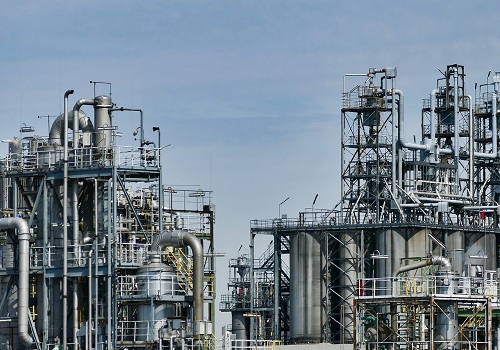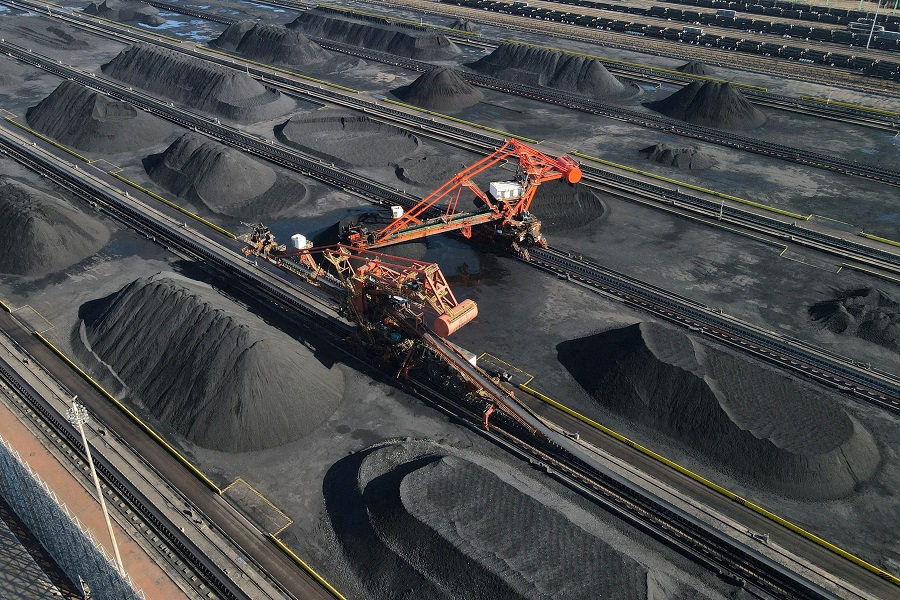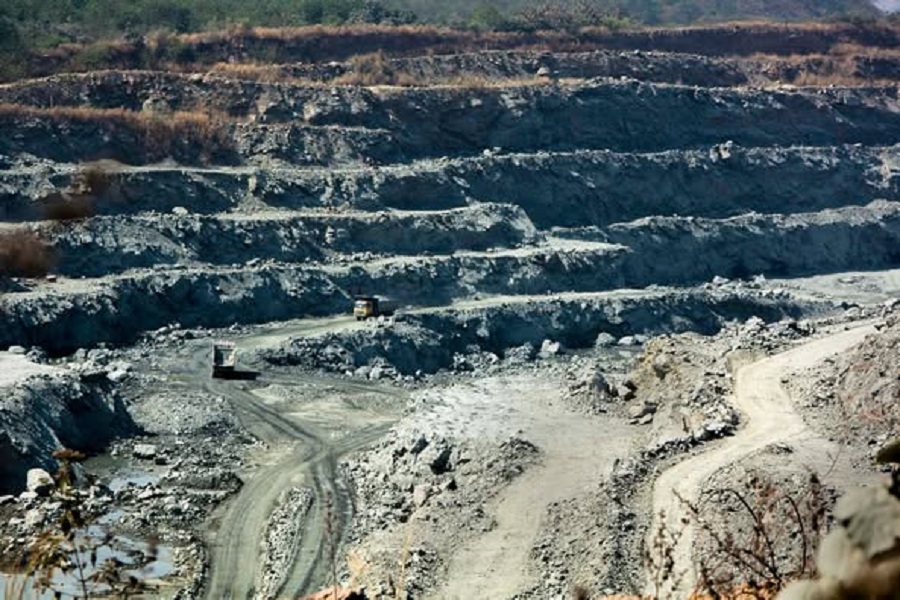Southeast Asia expected to boost coal trade as China approaches peak

Southeast Asian countries such as Vietnam and Philippines are expected to boost coal trade and consumption this decade, industry officials say, even as demand from top consumer China approaches its peak.
The Indonesian Coal Miners Association (ICMA) expects imports by China and India to peak in 2025, ending growth in global seaborne trade volumes of the polluting fuel, its Chairman Priyadi said in a presentation to the Coaltrans Asia conference.
However, the ICMA expects annual coal imports by southeast Asian countries including Vietnam and Philippines to grow nearly 3% on average per year to 170.9 million metric tons in 2030, from 140.9 million tons in 2023.
Power generation in Vietnam, the fastest growing economy in southeast Asia, is seen as the most promising growth market for coal, traders and industry officials said at the conference.
Dinh Quang Trung, deputy general manager of coal trading at state-run Vinacomin, said he expected Vietnam to ship in 66 million tons by the end of this year. That compares with 47.8 million tons in 2023, according to analytics firm Kpler.
"We reach peak imports by year 2035 of 86 million tons of coal per year. About 70-75% of our total consumption will be for electricity," he said.
Coal imports by the Philippines have grown 7.6% during the eight months ended Aug. 31, while Malaysian shipments grew 4%, Kpler data showed.
While southeast Asian countries are expected to replace China and India as key growth markets for exporters, industry officials still expect consumption in the larger economies to remain high. Imports are expected to grow in the near-term, and remain largely steady for the rest of this decade.
Thermal coal imports by China are expected to rise 6.3% year-over-year to 391 million tons in 2024, said Feng Dongbin, vice general manager at Fenwei Digital Information Technology, which operates Chinese coal analytics platform Sxcoal.
Riya Vyas, senior analyst at Indian coal trading firm I-Energy Natural Resources, said she expects coal imports to grow through this decade. Data from Indian consultancy Bigmint shows Indian imports are 11% year-on-year higher as of end-August.
While southeast Asian countries are not adding new coal-fired capacity to connect to the grid, they are ramping up utilization of existing power plants to address higher electricity demand, industry officials say.
In Malaysia, data centres are emerging as key drivers of growth in coal-fired power use, two officials from state-run TNB Fuel Services said. Malaysia has increasingly relied on coal for power generation at the expense of natural gas, data from energy think-tank Ember shows.
Alongside the Philippines, Indonesia counts as the most significant contributor to the growing use of the fuel in the region.
"The average age group of Indonesian installed capacity is relatively young and therefore it suggests the long-term demand would remain robust," said Patricia Lumbangaol, senior market research manager at Adaro International.
Nickel smelters in Indonesia, which are supplying battery manufacturers and helping address demand for electric vehicles, are pushing up coal-fired power generation, ICMA's Priyadi told Reuters.
Malaysia, Philippines and Indonesia have among the lowest renewable energy penetrations in Asia outside the Middle Rast, and significantly lag large green energy producers such as China and India.
The lack of progress on a plan by rich nations to provide cheaper financing to hasten early retirement of coal-fired power plants has stalled efforts by the world's seventh-largest producer of coal-fired power to cut emissions.
"Governments' focus on energy security and affordability has supported the continued use of coal, particularly as it helps to keep electricity tariffs relatively low," said Arthur Simatupang, chairman of the Independent Power Producers Association of Indonesia.






















